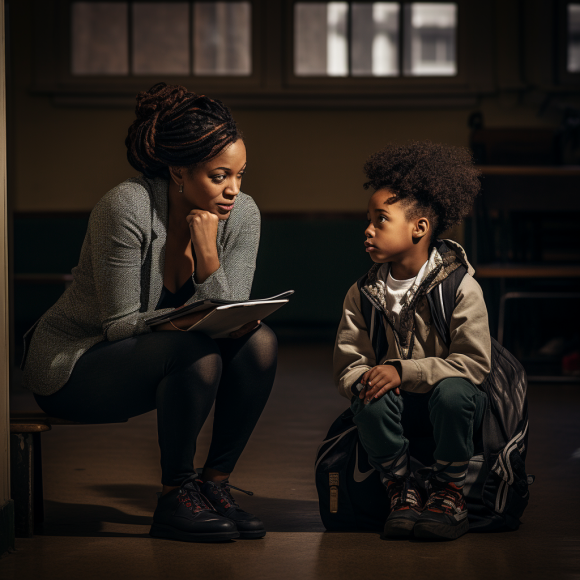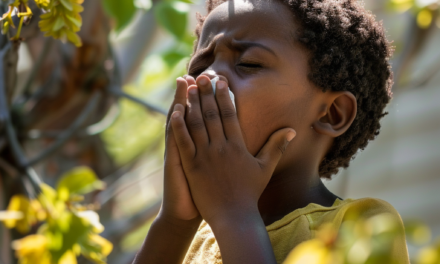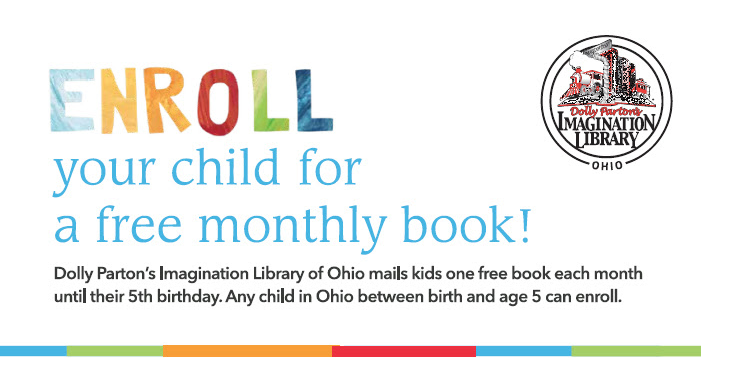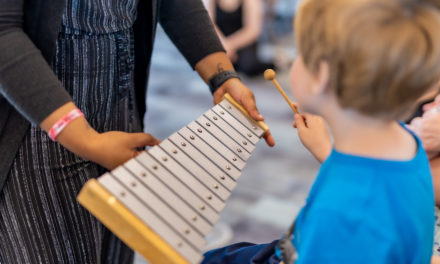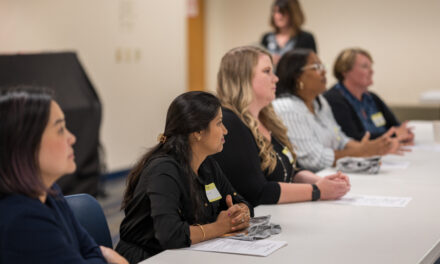As students across the country prepare for a new school year, the emotional toll of this transition is becoming harder to ignore. According to Chardé Hollins, LCSW-S—founder of Relevant Connections and a nationally recognized wellness consultant—students are often navigating much more than class schedules and school supplies.
Common Emotional Challenges Students Face in August
“At the start of a new year, I see a lot of anxiety, emotional dysregulation, and what people often label as ‘acting out,’” says Hollins. “But truthfully? It’s kids trying to adapt to a whole new rhythm—socially, emotionally, and academically.”
Many students are relearning how to exist in group settings, juggling new routines, unfamiliar expectations, and sometimes stressful home lives. For those with trauma histories or inconsistent support, the emotional adjustment can be overwhelming.
Why New School Environments Increase Emotional Stress
The stress intensifies for students entering new schools, districts, or grade levels. “New buildings, new people, new routines—it’s a lot,” Hollins explains. “And for students with marginalized identities, the pressure to adapt is multiplied.” Without emotional safety, the transition can shift from exciting to debilitating.
Mental Health Check-Ins Are School Readiness
Mental health deserves the same priority as physical exams. “We wouldn’t send a kid to class without checking their vision. But we’ll send them into high-pressure environments without asking how they’re coping emotionally?” Hollins argues. Early emotional check-ins can prevent larger issues from surfacing as behavioral problems or academic struggles.
The Emotional Impact of Curriculum and Library Restrictions
Recent policy changes, such as curriculum bans or book removals, send damaging signals. “When students see books removed that reflect their families or identities, it sends a clear message: ‘You don’t belong here.’” Hollins emphasizes that safety in schools must include emotional safety for all students, regardless of identity.
How Educators Can Create Inclusive, Trauma-Informed Classrooms
Even under policy restrictions, educators can create safe spaces. “Start with your classroom culture. Lead with compassion, curiosity, and courage.” Teachers can affirm student identities through culturally relevant materials, trauma-informed strategies, and clear communication. Relationships, Hollins notes, are the foundation of any emotionally supportive environment.
Building Emotional Resilience in Students
Helping students develop daily grounding practices—like journaling, movement, mindfulness, or open conversations—can build emotional resilience. “Teaching them to name their feelings and ask for help should be part of every school’s culture,” Hollins says.
The Role of Empathy in Diverse School Communities
Empathy is a survival skill in today’s diverse world. “When students learn to understand rather than judge others’ experiences, it reduces bullying, bias, and isolation.” Embedding empathy into classroom discussions, literature, and peer interactions helps foster respect and connection.
How Parents Can Support Their Children Emotionally
Back-to-school is emotional for the whole family. Hollins, a mother herself, encourages caregivers to use three daily questions:
● What made you happy or laugh today?
● What made you frustrated or upset?
● How did you show kindness—to someone or to yourself?
These simple check-ins create space for powerful conversations. “Our role isn’t just to prep lunches—it’s to reassure, regulate, and reflect the emotional safety we want them to feel,” she says.
Warning Signs a Child May Be Struggling
The biggest red flag isn’t big emotions—it’s secrecy. “If your child starts hiding their screen, locking their door, or pulling away from conversations, that’s a sign.” Hollins emphasizes that all kids need emotional support, and preventative care is essential. “Mental health should already be part of your child’s annual care plan.”
Staying Connected Beyond August
“Back-to-school isn’t just about new supplies or color-coded schedules—it’s about emotional preparedness,” Hollins says. The way families and educators show up now sets the tone for the year. But connection must continue well beyond August. “Enroll students in creative and emotional development programs. Check in often—not just during crisis.”
About Relevant Connections
To learn more about Chardé Hollins and the work of Relevant Connections, visit www.relevantconnections.org. The organization partners with schools, nonprofits, and businesses to build emotionally intelligent, culturally responsive environments, and offers
training for educators, caregivers, and youth. Follow @RelevantConnections on Facebook, Instagram, and LinkedIn for continued insights and support.

